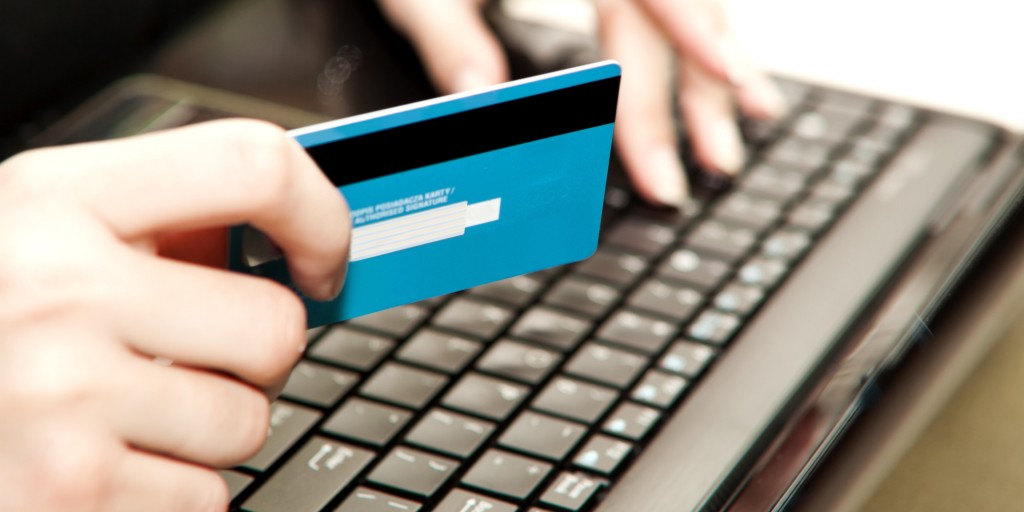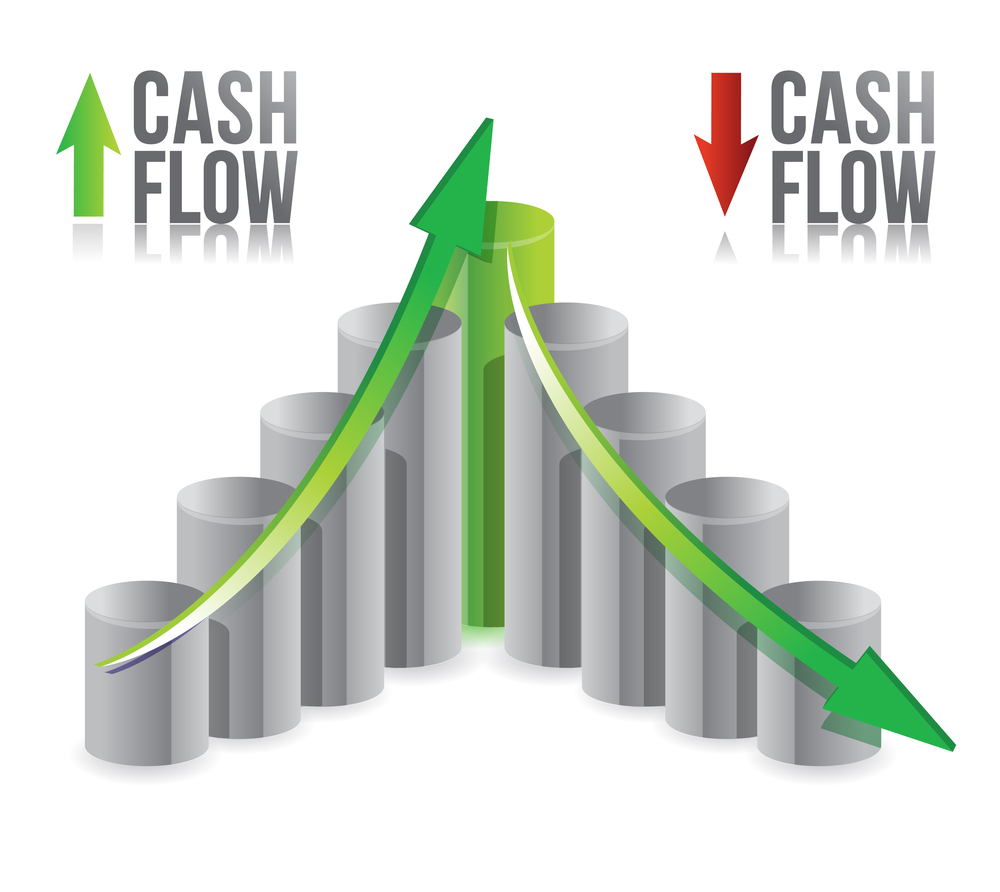There is a noticeable shift to cashless transactions as more consumers utilize credit and debit cards to purchase goods and services and make payments online. With more customers preferring to use their cards, the trend has also influenced the way small businesses and other industries handle their transactions.
To accommodate customer needs, many companies, including high-risk businesses, have signed up for services that would allow them to process card and electronic payments. However, setting up a merchant account to accommodate these types of transactions often come with a host of conditions, when unchecked. These include fees that are charged to a business account per transaction, They also include a host of other incidental charges that could accumulate at the end of a billing cycle and could eat up a chunk out of company profits.

Choose a Versatile Service
To avoid racking up unnecessary expenses from card and electronic payment processing fees, there are services that offer smart solutions to a variety of businesses and industries. These services, such as MyPaymentSavvy, provide clients with an option to accept debit and credit cards as well as electronic checks on an affordable payment arrangement. It also provides a streamlined system with a clear payment scheme, leaving customers with no questionable charges at the end of a billing cycle.
These services often have an expanded portfolio of clients, highlighting their capability to provide customized solutions for small businesses and other entities, such as nonprofits, schools, medical and healthcare institutions, and even e-commerce sites and high-risk accounts.
Advanced Technology
Choose a service that can quickly activate the payment system as soon as possible should a business require immediate card processing service. Moreover, the service should be flexible enough to develop customized solutions to a wide variety of business entities, from start-ups, high-risk businesses, to established corporations. The card payment system should also be adaptive to the existing Point of Sale set-up, without creating integration issues. Moreover, the system software should be constantly monitored and updated to catch potential security threats or risks to sensitive customer data.
Customer Service
The service provider should also have a proactive customer service arm that could assist new clients when needed 24/7. The service should be able to provide information on the new system to include setting up billing schedules and creating new customer accounts as well as pulling up transaction history and reports. Customer service representatives should be adept in addressing specific billing requirements of a particular client account. For example, a school customer account may have a different set of requirements compared to a law firm. To adequately assist this particular customer, the representative should have direct knowledge of how school billing works.
A 2015 Consumer Payment Study indicated that customers predominantly use cards for most of their purchases but prefer cash when making small-dollar payments. The study, which was released by credit card service company Total System Services, also provided a breakdown of card preferences, with around 35 percent of the respondents indicating that they prefer credit cards for their transactions. Meanwhile, 41 percent said they prefer to use their debit cards, which was 2 percent less than previous year figures of 43 percent.
As more consumers use their credit and debit cards, small businesses and other industries have to catch up with the trend to avoid losing revenues and potential clients. To facilitate their transition to cashless mode, tapping into a versatile and secure payment platform could be the solution.



